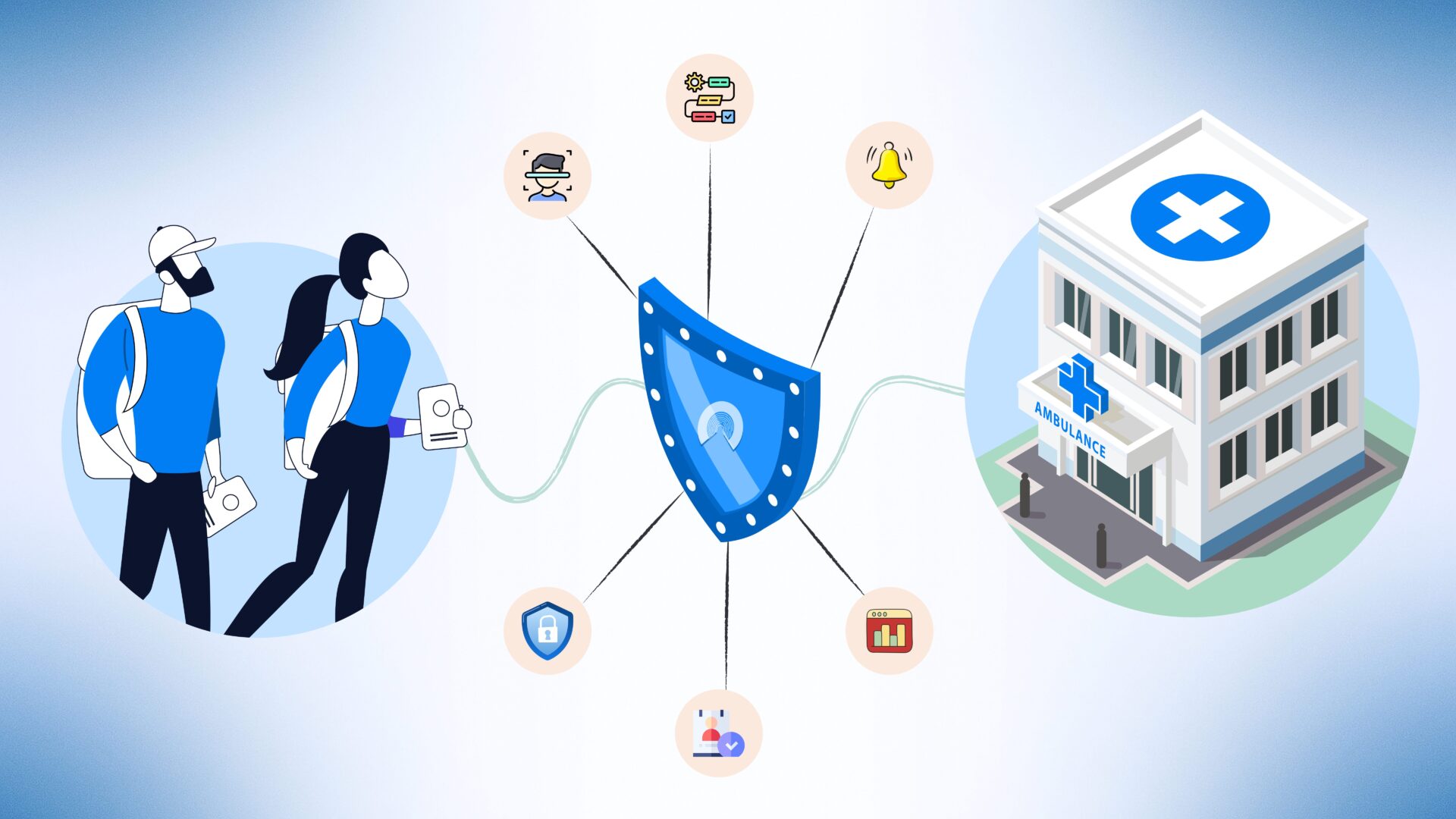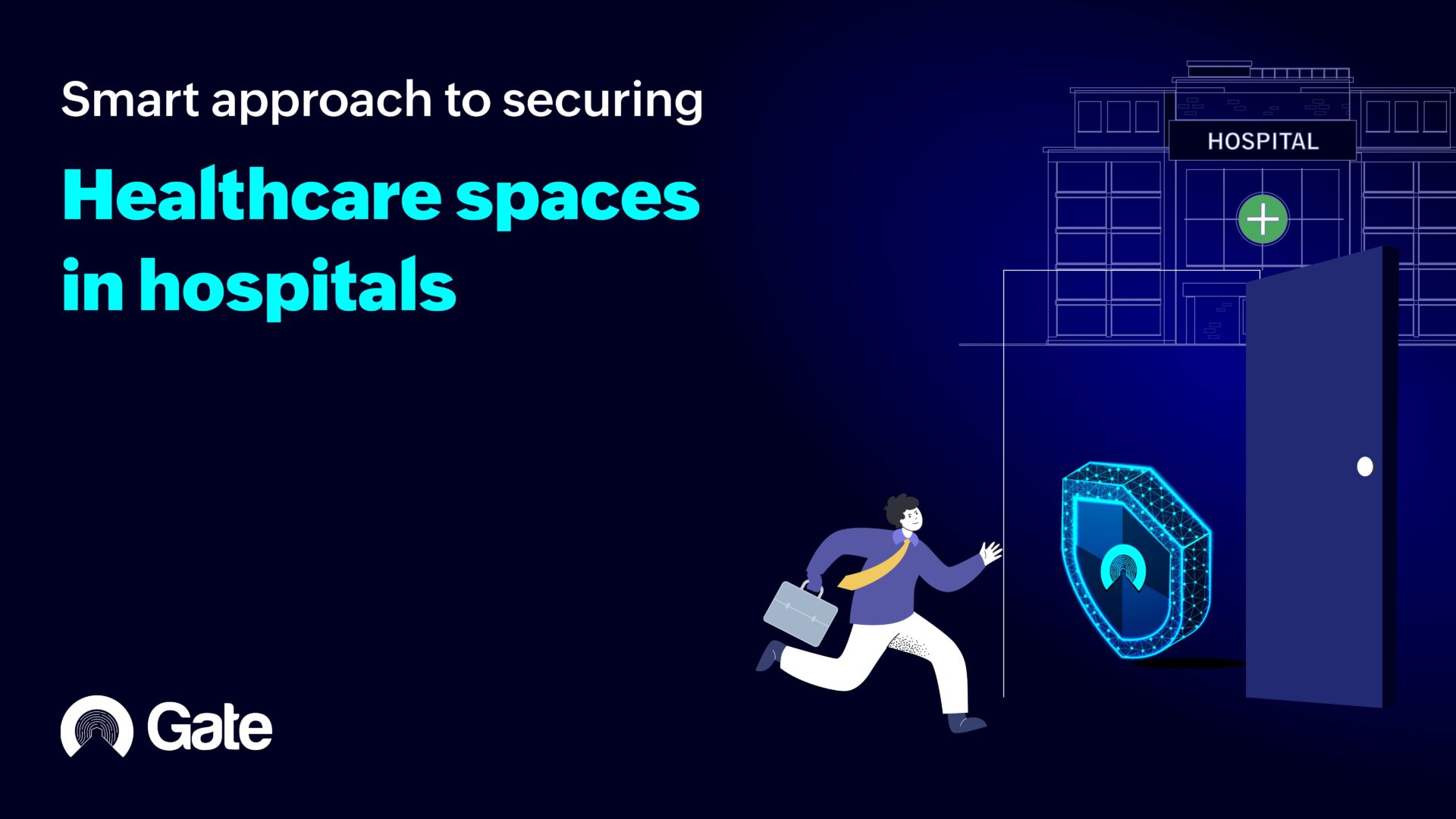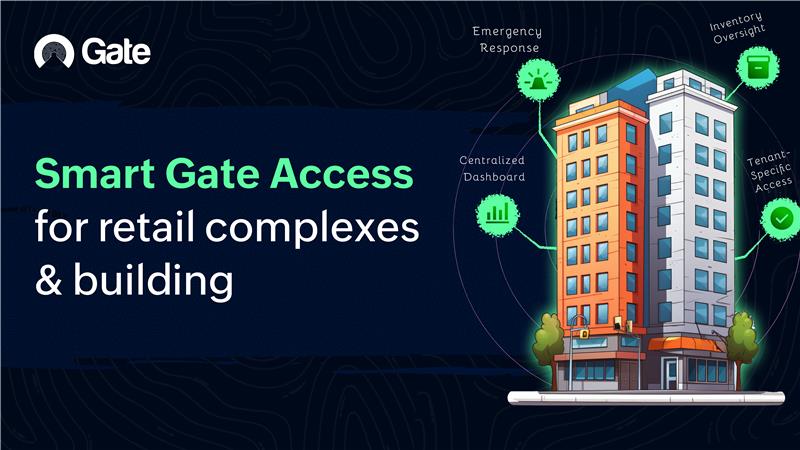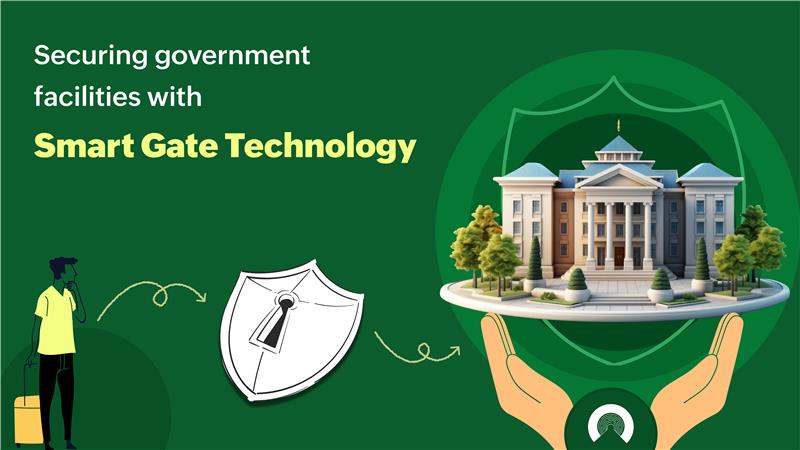Introduction
Hospitals are dynamic places that deal with large numbers of people every day, including patients, employees, guests, and service vehicles. It is crucial to guarantee safety, controlled access, and operating effectiveness in such a delicate environment. A clever, safe, and well-organized method of controlling hospital admission and exit points for both people and cars is to use gate access control systems. Digital gate system integration improves hospital administration overall, increases safety, and facilitates emergency response.
How Gate Access Control is Effectively Used in Hospitals
1. Securing Hospital Entrances- Prevents unauthorized people from accessing critical spaces, such as operating rooms, labs, and intensive care units.
- For staff access, RFID, biometrics, or QR codes are used.
- For HR and security reasons, it offers real-time staff entry and exit logs.
2. Managing Visitors and Patient Flow
- Issues time-limited digital visitor passes.
- Keeps track of who is going where and when.
- Notifies users when they are overstaying or entering prohibited areas.
3. Streamlining Vehicle and Parking Management
- Automates emergency vehicle and ambulance access.
- Monitors vehicle movement on the property.
- It uses digital dashboards to assign parking spots to visitors, employees, and physicians.
4. Enhancing Emergency Response
- Instantaneous gate opening for emergency access.
- Real-time communication with the control room.
- Centralized control that facilitates quick evacuation processes.

- It tracks the flow of supply trucks and equipment.
- It guarantees responsibility for the arrival and departure of service people.
- It logs maintenance and asset transfer activities via the gate.
6. Centralized Monitoring and Analytics
- Assists in trend analysis for improved resource planning and safety improvements.
- It generates reports for audits, staff attendance, and visitor history.
- Offers a single dashboard to see gate activity throughout hospital zones.
7. Improving Operational Efficiency
- By automating entry procedures and digitally recording activity, gate access systems minimize manual monitoring and paperwork.
- Based on real-time mobility data, hospital management may quickly assign parking spaces, limit access to certain areas during crises or maintenance, and schedule staffing requirements.
- Integration with other hospital systems, such asset management or human resources, guarantees a smooth information flow, reducing errors, saving time, and facilitating quicker decision-making.
Benefits of Using Gate Access Control in the Hospital Industry
1. Improved Security: Prevents unwanted access to vital locations, protecting patient information.2. Faster Emergency Access: Ambulances and critical care teams save vital minutes when gate control is prioritized.
3. Operational transparency : Ensured by digital logs of all entry and exit actions, which provide traceability and accountability.
4. Better Patient Experience: A well-organized visitor flow minimizes confusion and wait times at access points.
5. Asset safety: Prevents highly valuable inventory and medical equipment from being moved without authorization.
6. Effective Parking Management: Prevents unwanted car access and guarantees organized parking distribution.
7. Centralized control: It allows for the monitoring of numerous hospital parking lots, gates, and access points from a single platform.
8. Regulatory Compliance: Assists with the documentation and oversight required for audits and medical regulations.
Conclusion
Gate access control systems are essential parts of the architecture of contemporary hospitals and are more than just security devices. Hospitals can run more confidently and effectively with intelligent integration and real-time monitoring. Smart gate systems manage the safe and efficient operation of hospitals, not merely who can enter. Please email us at support@mawalog.com if you need help or have any questions.


